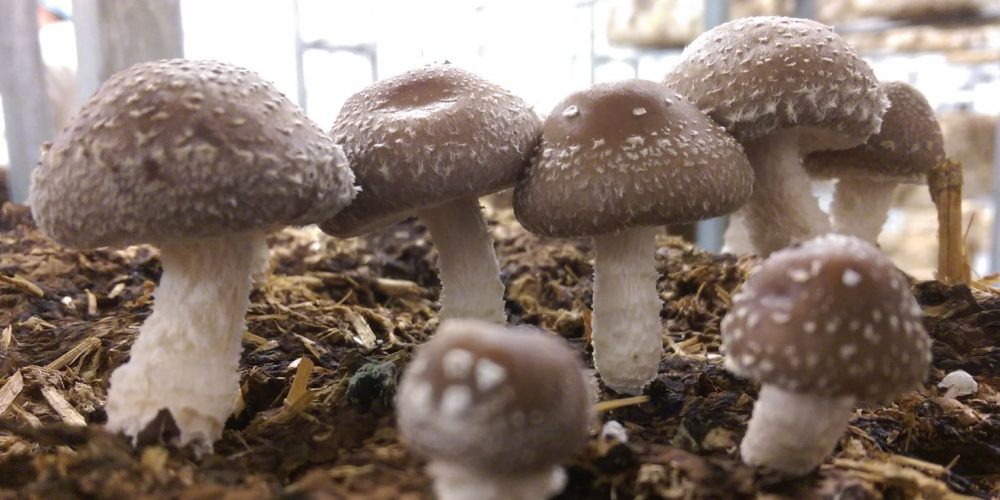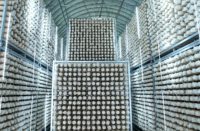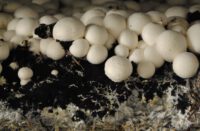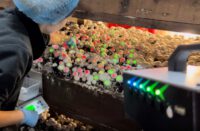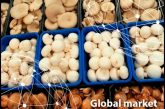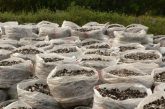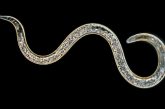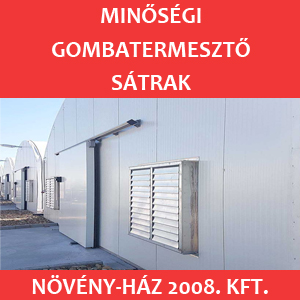As early as 2010, National Geographic reported an interesting experiment in which Japanese researchers examined how lightning striking a tree log affects the yield of shiitake. There has been research on this theme in the past, the results of which have confirmed the observation. The assumption seems rather bizarre, but the researchers did not give up, they continued their experiments under artificial conditions. A summary study of their results was recently in the Applied Physics magazine.
In this interesting series of experiments, Koichi Takaki, of Iwate University, and colleagues have shown that artificial lightning strikes can significantly increase the yields of certain fungal species, in some cases, e.g. they can be doubled for nameko capital mushrooms and shiitake.
Holes were drilled in the logs used in the experiment, inoculated with the spawn of the mushroom, and incubated. The incubated logs were then soaked in water for 24 hours and placed in the experimental room. From 3 meters far from logs, with 3-4 pulses, between 50 and 100,000 volts, electric discharges, artificial lightnings were created. Because they wanted to avoid inflammation of the logs or damage of the mycelium, they did not conduct electrical voltage directly into the logs and used a lower level than lightning observed in nature.
On days 9, 11, and 13 after treatment, fruitbodies were harvested and examined for size and total yield. It was found that the diameter of the fruitbodies already exceeded 50 mm by day 9, and twice as many mushrooms could be harvested in the case of shiitake compared with untreated control logs. In a further experiment, the logs treated “lightning strikes” once a day for 1 week, in which case the total yield was even higher.
Koichi Takaki explains that the cause of the phenomenon may be that the electric voltage from the lightning raises the ambient air temperature around to 10,000 ° C, which cause a shock wave around the log and partially inside. This intense vibration breaks up the mycelial fibers, thus stimulating the fungus to increase further fruitbodies.
Following introductory experiments, researchers are now developing technology to use electrical stimulation in mushroom cultivation. However, this requires many further developments to create a safe, compact and cost-effective equipment that can be used in any mushroom growing unit.
Takaki’s team also tested the system on daikon radishes, beans and rapeseed plants after the mushrooms. Although few results are yet available for these plants, introductory experiments are encouraging.


